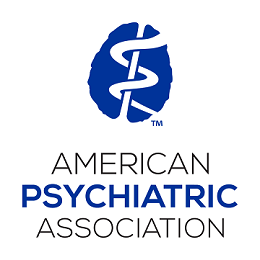Is postpartum depression in DSM 5? What are the DSM criteria? The individual must be experiencing five or more symptoms during the same 2-week period and at least one of the symptoms should be either (1) depressed mood or (2) loss of interest or pleasure. Depressed mood most of the day, nearly every day.
Psychomotor agitation or retardation nearly every day. Fatigue or loss of energy nearly every day. Feelings of worthlessness or excessive or inappropriate guilt (which may be delusional) nearly every day. Diminished ability to think or concentrate, or indecisiveness, nearly every day.
Also, in addition to the symptoms of depression, it is also believed that close to of individuals diagnosed with anxiety disorders also meet the criteria for a depressive disorder. Major Depressive Disorder. The specific depressive disorders follow below. DSM-Diagnoses and ICD-9-CM and ICD-10-CM Codes, Alphabetical Listing.

This is an alphabetical listing of all DSM-diagnoses. If they have ICD-9-CM or ICD-10-CM codes, those are liste too. There are also numerical ICD-9-CM and numerical ICD-10-CM listings. Impaired function: social, occupational, educational.
Onset is more common in adolescence, but can appear at any age. Females are diagnosed with depression 1. People with depression are at risk of suicide, especially if they have made attempts or threats in the past. According to the Diagnostic and Statistical Manual of Mental Disorders, the essential feature of a major depressive episode is either depressed mood or loss of interest in daily activities over a period of at least two weeks. DSM - Category: Depressive Disorders Introduction. Premenstrual dysphoric disorder (PMDD) is an old condition but a new diagnosis in the Diagnostic and Statistical Manual of Mental Disorders.
This mood represents a change from the person’s baseline. The DSM provides the diagnostic criteria used by doctors for major depressive disorder ( MDD ) and all mental disorder diagnoses. This disorder represents a consolidation of DSM-IV-defined chronic major depressive disorder and dysthymic disorder.
One of the symptoms shoul at least, be either a depressed mood (DM) or anhedonia (loss of interest or pleasure- LI). A small wording change has expanded the core mood criterion to include hopelessness, potentially broadening the diagnosis. Significant weight loss or decrease in appetite (more than percent of body weight in a month or failure to meet expected weight gains.) 2. This guide outlines how major depressive disorder is identifie diagnosed and treated in children. Mild depression that is not considered clinical depression. For clinical depression, use major depression.

ICD-9-CM conversion, index and annotation crosswalks, DRG grouping and more. While most cases received some treatment, a substantial minority did not. MDD is one of the most common mental disorders in the United States. Some people with MDD never seek treatment.
However, most people with the disorder can get better with treatment. Medications, psychotherapy,.
No comments:
Post a Comment
Note: Only a member of this blog may post a comment.